ESA Funds Northumbria and Warwick Universities CubeSat Swarm Projects
25th Oct 2023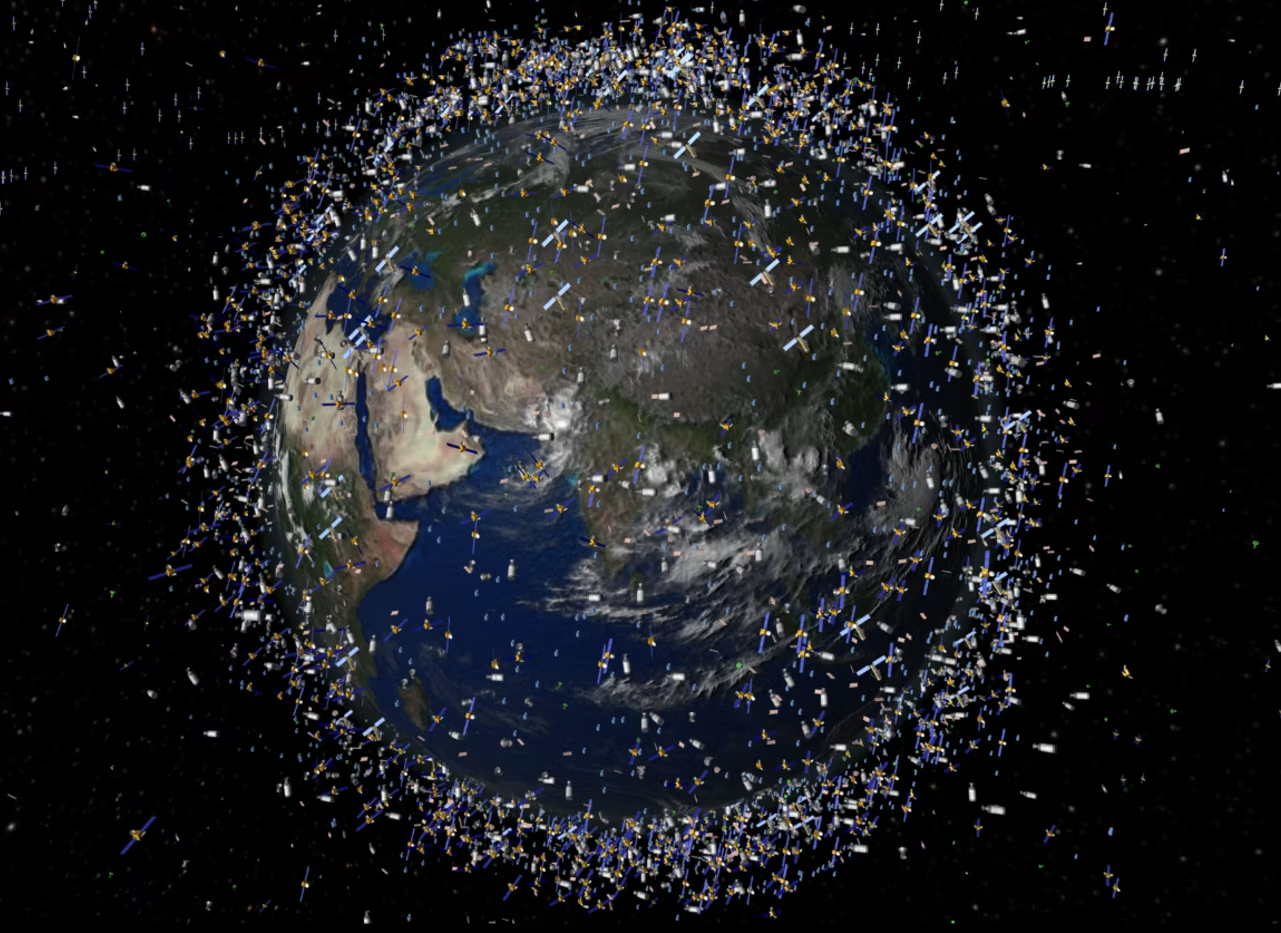
With the threat of space collisions becoming increasingly inevitable, a consortium of global institutions, led by the UK, are working to tackle the space debris problem. They are creating an array of CubeSats that can predict collision events and measure the effects of atmospheric drag caused by solar weather in Earth’s Lower Orbit. The mission will be led by Warwick University, with Northumbria University leading on the CubeSat swarm development.
Northumbria noted the CubeSats will be far more efficient in identifying methods to increase space sustainability and protect Earth’s dependable satellite infrastructure. Primarily, this due to their size and number, something that’s limited with a singular large satellite. The mission has been labelled: ‘Revealing the Orbital and Atmospheric Responses to Solar activity’ (ROARS).
‘ROARS’: ESA Funding To Clean Up Space
After allocating £86 million to their ‘Innovative Mission Concepts Enabled by Swarms of CubeSats’ initiative, ESA called upon space companies working on the concept to apply. The university consortium was subsequently selected – along with 6 other companies – for “phase 0 funding”. With the investment secured, The CubeSats will aim to achieve three milestones: predict and prevent collisions, measure atmospheric drag, and how solar weather induces further orbital decay.
Taking place in Earth’s lower orbit, home to mega satellite constellations, the team will fly their pack of CubeSats 500 km above Earth. From there, they are hoping to obtain “[the] “missing” set of measurements necessary to accurately predict and prevent satellite and debris collisions,” Northumbria University said. The project’s announcement coincided with DISH receiving the first space debris enforcement fine, after they left a defunct satellite in orbit.
The University Team behind CubeSat swarm
Led by Warwick University, the consortium comprises 26 institutions from nine different countries. The primary university team includes Northumbria, Warwick, Birmingham, Bath, UCL, Stuttgart, and Imperial and Calgary. OpenCosmos will work as an “industrial partner”, in addition to the National Centre for Atmospheric Research in the US. The Space Research Institute in Austria, and the Southwest Research Institute, USA, will also assist.
On the UK front, Northumbria was previously granted £5 million for their inter-laser communications hardware from the UK Space Agency. Northumbria commented that the system will also be used onboard the ROARS CubeSats. They said the laser has the: “potential to transform the satellite communications industry”. Adding that it provides: “an alternative use for this innovative technology.”
Solar Physicist Professor Eamon Scullion, who’s leading the Northumbria team, said in a statement: “The Northumbria laser communications instrument forms a critical part of the payload of ROARS, enabling unique space science measurements, through coordinating the relative positions of the satellites in its laser ranging camp ability, with millimetre precision.”
Measuring The Effects Of Solar Weather With CubeSat Satellites
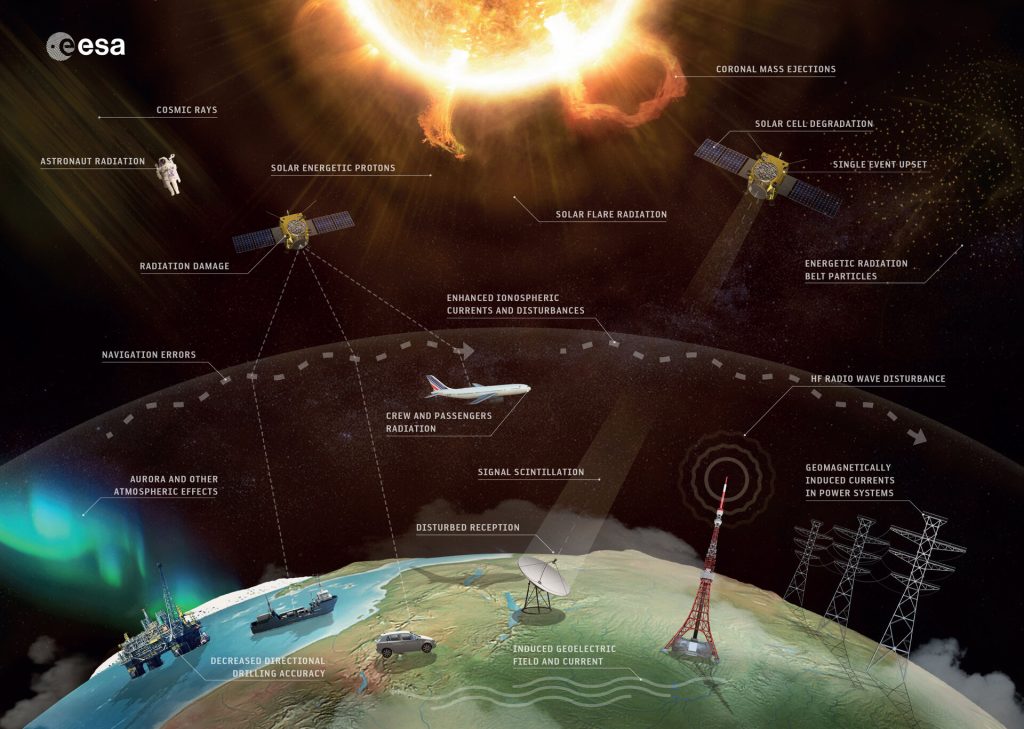
The CubSats host a range of instruments: atmospheric and magnetic field sensors, navigation systems, and laser communications hardware. To monitor the mission, ground radars and laser and optical observatories will keep a watchful eye. Significantly, the CubeSats swarm will be observed by Warwick University’s SuperWASP observatory in the Canary Islands.
The team will determine, using the CubeSats, how Earth’s upper atmosphere drags a satellite out of orbit over time. Ultimately, it is already known that the force is: “modulated by solar activity and space weather”, Northumbria said.
Equally, solar weather adds heat to the upper atmosphere which causes further satellite displacement. Solar flares can also cripple satellite infrastructure. Already a grave topic of discussion, the threat has grown even further after the biggest solar flare in history was discovered. Therefore, a better understanding of this space activity will help maintain a sustainable space.
Preventing The Swarm From Adding More Space Debris
The team are striving to ensure the CubeSats themselves do not add to the space debris problem. Northumbria noted they do have a limited 5-year lifespan. Therefore, the satellites are equipped for “avoidance manoeuvres” and will be deorbited once the mission concludes, Northumbria University said. They added: “This is important so that the swarm itself doesn’t contribute to the very problem it is trying to address.”

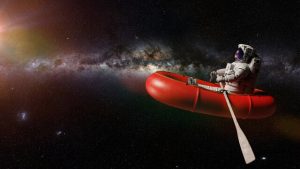



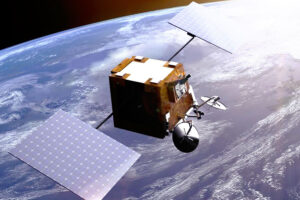
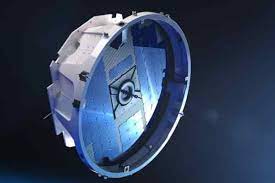
Thank you for your comment! It will be visible on the site after moderation.